THEY is an art collaboration of two artists, Yang Xiaogang and Lai Shengyu. Their group name THEY is confusing when spoken and written- either way indicates the disappearance of the signified object. What are THEY? Who are THEY? The use of the third person pronoun they, usurps the artists and their work; whenever people talk about THEY, the term may refer to people in general, yet simultaneously indicates the artists. THEY presents such a confusing theatricality that directs us to consider notions of theatricality in artists practice.
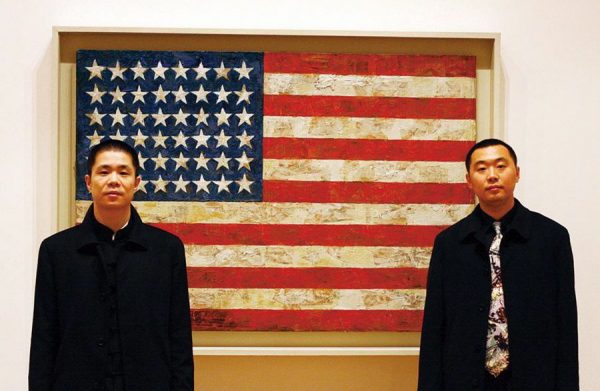
Obviously the group name is not coincidental or random. If this falsely claimed title causes ambivalence in communication, it supports what the artists aim to accomplish- ambivalence ambiguity in artistic expression. This is a necessary result of the co-action contemporary art and reality. Notions of reality have been deconstructed and reconstructed demolished and rebuilt. Whatever we see has been or is continually being replaced and/or changed into something else; we fall into a complete experience of one reality within a reversed time and space. This idea of reality is todays theatricality, an unnamable post social condition. Both its connotation and form exceed the existing frame or system of language. We may live in a particular physical space, but it is dislocated in time and space primitive and new fashion are co-presented, tradition and modernity are co-existed, china and the world are blended, intangible culture and physical material are merged, distinct and indistinct are mingled, craziness and peacefulness are related.. While the true reality engages with theatricality, real-life visual perception is no longer genuine. Common which invariably resulting in theatricality. Such theatricality becomes part of our everyday life and psychological experience of art. Theatricality study is becoming one strong force in current academic world, and theatricality represents a portrait of our political reality.
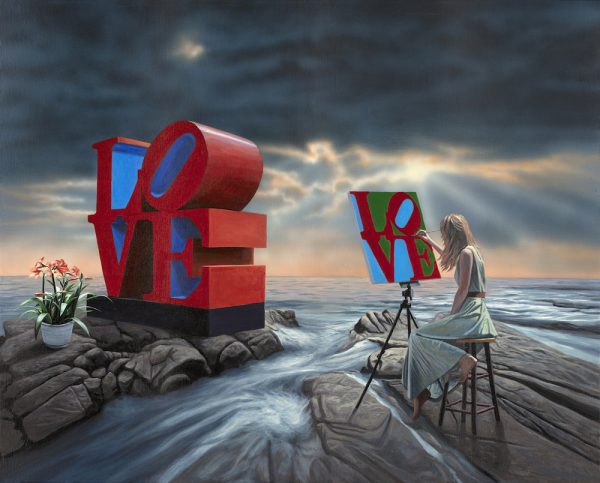
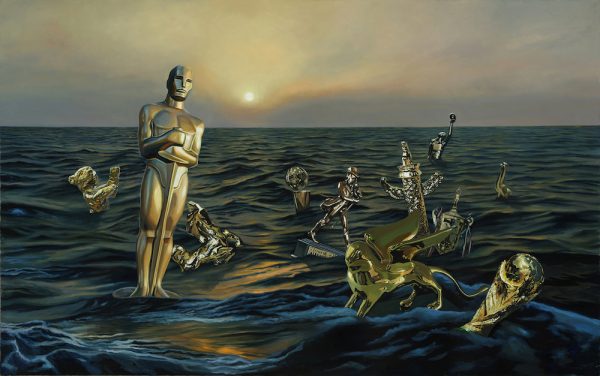
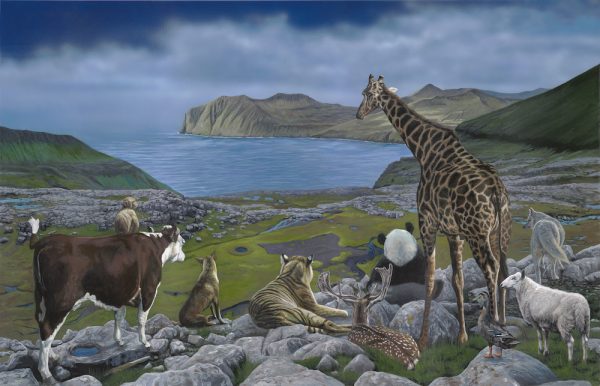
THEY’S art pieces work as visual texts are account for the culture and ideology in contemporary Chinese Reform. The visual pictures THEY has created for decades are distinctly impressive, and have form a continuous thread. By analyzing this thread, it reveals how the artists of new generation comprehend the idea of reality and their unique artistic concepts. Lai Shengyu and Yang Xiaogang always deliberately create some particular sites, and articulately question the authenticity of reality in each site. a fabricated room presents an interior structure, while its window works as the passage to the outside world. The relationship between inside and outside space reflects each other-in opposition yet mutually-engaged, reality is contradicted and conflicted–presenting theatricality. The obviously artificial, theatrical scenes direct us to consider urbanization, rural nostalgia, puberty, cultural reconstruction, studies of art, private secrete, political violence consumerism, and insatiable desire, offering an alternative to our conventional thinking. In collective will, and use theatrical visions to unveil the social and political manipulation etc and this way, THEY replicates relationships to reflect the rival between individual existed.
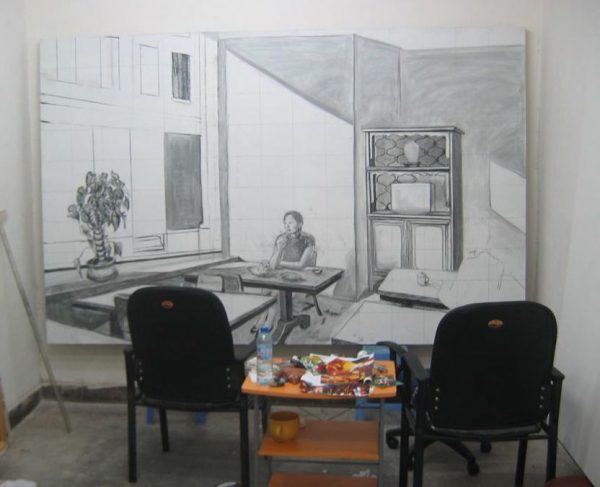
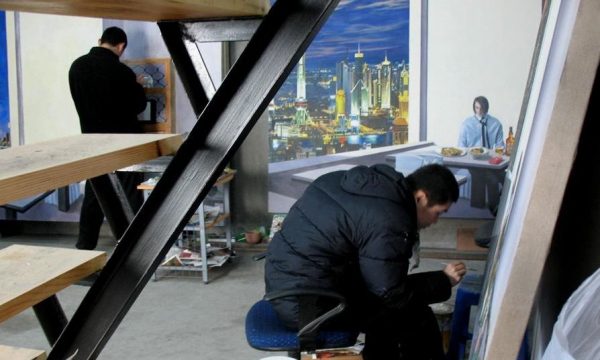
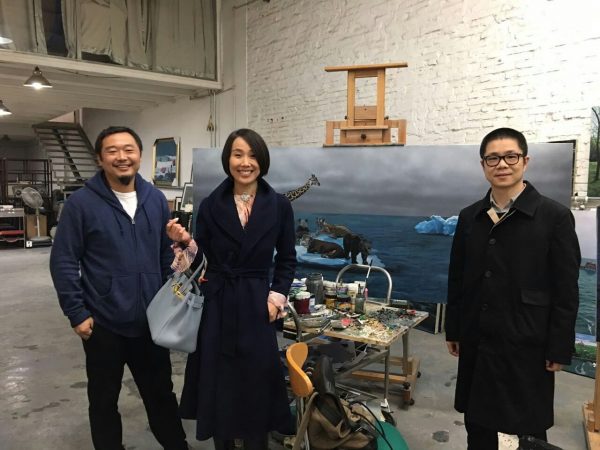
By changing the indoor objects and their corresponding meanings to the outside changes, THEY successfully responded to current studies of visual culture. Instead of text, THEY uses visual icons to demonstrate an international trend, that is, how theatricality as a culture research model” is possible. In China, the studies on this research model are mainly textural, its definitions are usually ambiguous and imprecise, yet it has the strong potential to visualize cultural phenomena and unveil cultural exchanges. These texts stress the particularity of culture and context, and draw scholar’s attentions from various professional backgrounds to explore the interactive function of different geo-historic subjects. THEY chooses to visualize theatricality by intuition. Lai and Yang speak and present significant theatrical imaged-text and smartly relate it to theatricality theory. Viewing THEY’S works, one may perceive symbolic conventions in real theaters and the self-consciousness of the audience. In THEYS paintings, there is always a strong sense of absurdity from the stage-like sites illustrating the theatricality of fabricated reality.
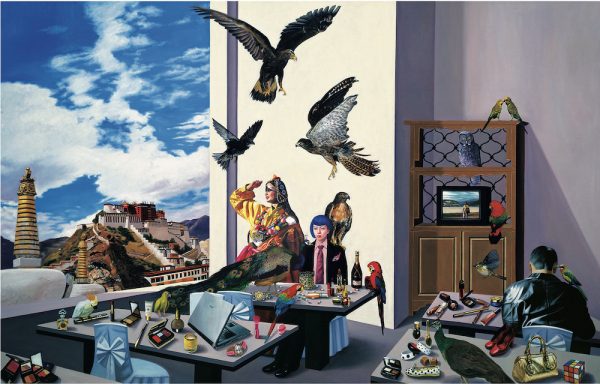
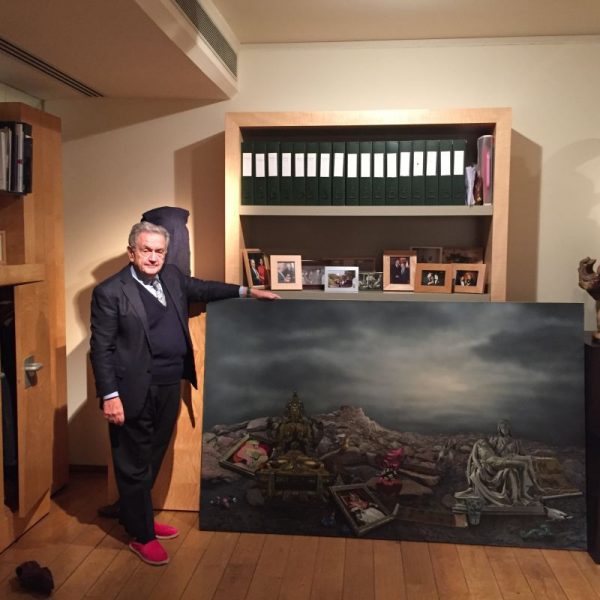
At the same time, THEY also stresses theatricality that reappears in reality. We may believe painting completely represents reality, however, those who take art practice know that artists conceive and compose works, which, at the end, have little to do with reality. therefore, art itself subverts the theory of representation. when THEY uses their works to demonstrate theatricality, the theory of representation has to be rethought, and to extend to other social forms and build an inevitable and isomorphic relation with theatricality and in doing so reveal the value of autonomous art they’s art introduces theatricality into painting in a more subjective way demonstrating multi-faceted notions of theatricality and expanding paintings’ significance of function. THEY’S extraordinary performance indicates a new generation of artists researching visual culture with completely different painting concept.
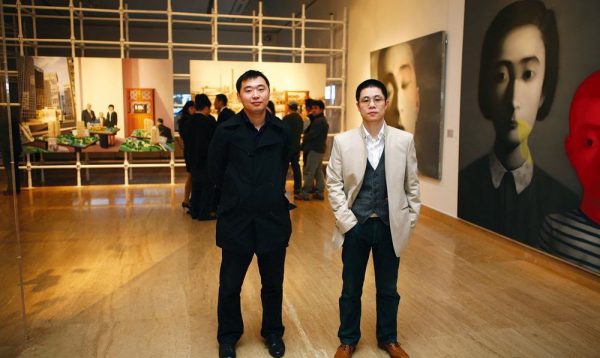
THEY therefore built a new picture culture that addresses picture-subversion.
Multiple Variations of Theatricality -THEY Art Practice
Wang Chunchen
Phd in History of Art
Art Critic, International Curator
Vice President of CAFA art Museum
